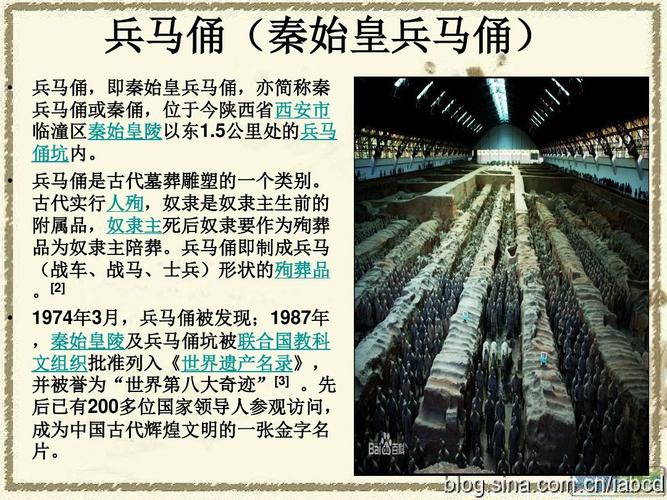
Who Was the Terracotta Army Built For?
The Terracotta Army is one of the most significant archaeological discoveries of the 20th century. This vast collection of life-size terracotta figures, discovered in 1974, continues to captivate the world with its scale and artistry. But who was this incredible army built for, and what purpose did it serve?
The First Emperor of China: Qin Shi Huang
The Terracotta Army stands guard over the tomb complex of Qin Shi Huang, the first emperor of a unified China. Born in 259 BCE as Ying Zheng, he ascended the throne of the Qin state at the tender age of 13. Through a series of strategic conquests, he unified the warring states of China in 221 BCE, taking the title of Qin Shi Huang, meaning "First Emperor of Qin."
Qin Shi Huang was known for his ambition, ruthlessness, and desire for immortality. He implemented standardized weights and measures, currency, and a written script across his empire, laying the foundation for a unified Chinese identity. He also initiated large-scale projects like the Great Wall and a network of roads, showcasing his vision and the vast resources at his command.
A Belief in the Afterlife: Protecting the Emperor for Eternity
The creation of the Terracotta Army stemmed from Qin Shi Huang's deep belief in the afterlife. He envisioned continuing his rule in the next world and sought to ensure his power and security even in death. The Terracotta Army, along with the entire tomb complex, was meticulously designed to serve this purpose.
The soldiers, each unique in facial features, attire, and posture, were meant to be a representation of the emperor's real army. They stand in battle formation, equipped with weapons, ready to defend their emperor against any threat in the afterlife. The sheer size and detail of the army reflect the emperor's power and his obsession with immortality.
The Terracotta Army: More Than Just Soldiers
The Terracotta Army is not just composed of soldiers. Alongside the infantry, archers, and charioteers, archaeologists have unearthed terracotta figures of officials, acrobats, and musicians, suggesting a desire to replicate the splendor and entertainment of the emperor's earthly court in the afterlife. The presence of these figures indicates that Qin Shi Huang envisioned a complete and vibrant afterlife, mirroring his reign in the mortal world.
The Significance of the Terracotta Army
The Terracotta Army provides us with invaluable insights into the military practices, artistry, and beliefs of the Qin dynasty. The meticulous craftsmanship, the individual expressions on the soldiers' faces, and the sheer scale of the project speak volumes about the resources and skills available during Qin Shi Huang's reign.
The discovery of the Terracotta Army transformed our understanding of this period, offering a tangible connection to the past and the legacy of China's first emperor. It stands as a testament to the ambition, artistry, and belief systems of a pivotal period in Chinese history.
Q&A
Q: Where is the Terracotta Army located?
A: The Terracotta Army is located near the city of Xi'an, Shaanxi province, China, approximately 1.5 kilometers east of Emperor Qin Shi Huang's mausoleum.
Q: How many warriors are in the Terracotta Army?
A: It is estimated that there are over 8,000 life-size terracotta figures in the army, including soldiers, horses, chariots, and other figures.
Q: Why is the Terracotta Army so famous?
A: The Terracotta Army is renowned for its size, realism, and historical significance. The life-size figures, each with unique features, provide a remarkable glimpse into the military might and artistry of ancient China. The discovery has significantly enhanced our understanding of the Qin dynasty and ancient Chinese civilization.